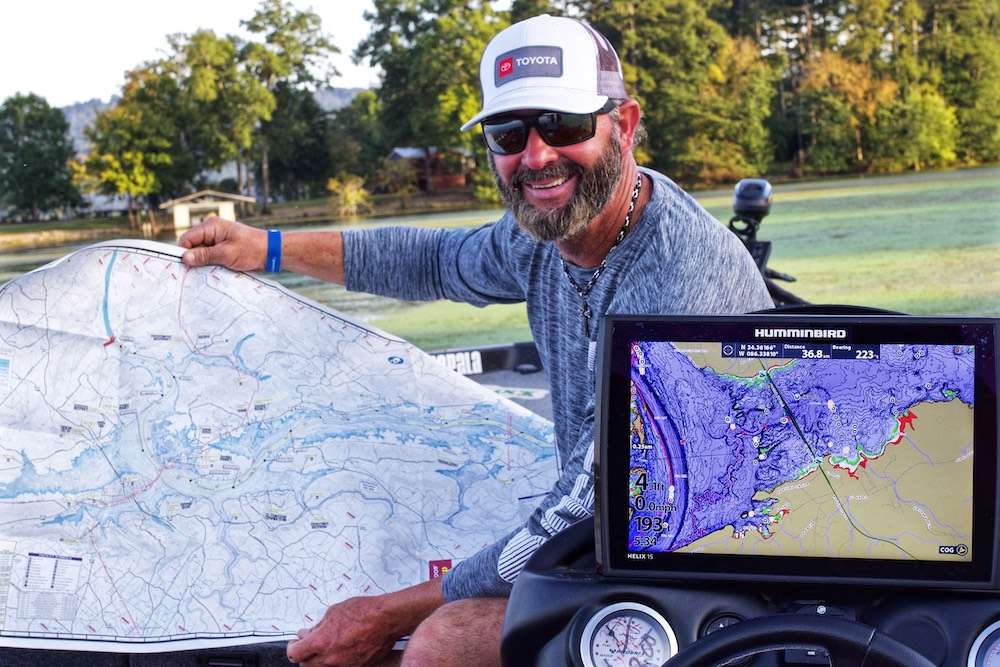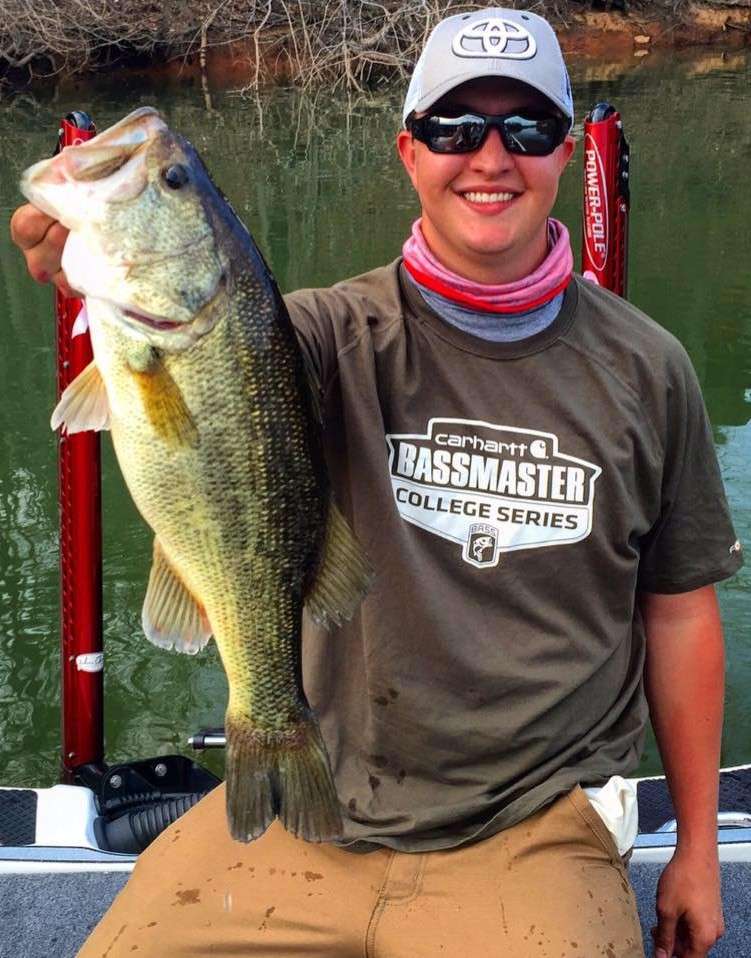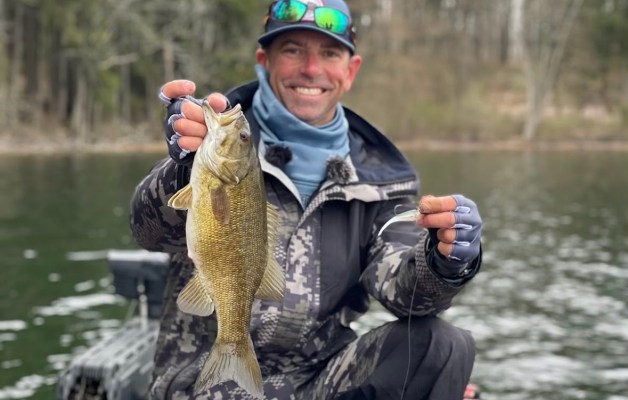
Learning how to read a lake map will make you a better bass fisherman. While folks in the South still have a few months of great fishing ahead of them, the bass fishing season in many parts of the country is starting to wind down.
Whether you can get out on the water this fall and winter or not, Gerald Swindle believes becoming a better map reader should be high on your list of goals.
“I have old memories of giant paper maps spread all over my mom’s kitchen counter with soda cans or coasters weighing down the corners so they didn’t fold up on me,” Swindle said with a laugh. “Reading maps is pretty simple, but a lot of people make it more complicated than it needs to be.”
Nowadays Swindle has traded old paper maps for apps on his iPad like Humminbird’s FishSmart app, Navionics Web App and Google Maps, but he still loves to spend 30 minutes studying maps over a cup of coffee. The Team Toyota pro offered a few basic tips to make you more efficient at reading and understanding these tools.
Learn the lay of the lake
“Everyone wants to find the winning school of fish from their couch, but that’s not really what map study is to me,” Swindle admitted. “I’m trying to learn all the basic information I can before I get to the fishery.
“Like how does a lake lay out? Are there rivers flowing in to the lake, and if so, are they on the north or south end? Where is the dam? How will different wind directions affect different sides of the lake?”
These questions Swindle poses are tangible factors anglers of all skill levels can learn at home, and they’ll be super helpful when you get to the water. His wind direction example is something Swindle still uses regularly at the highest level.
After a day of practice, Swindle will pull up a Google Maps view of the lake he is fishing, along with a weather app. If he sees high winds forecasted for a day of competition, he may alter his game plan depending upon how vulnerable certain areas of the lake are to high winds.
On the flip side, maybe he’s fishing a clear water reservoir and he needs the wind for a certain pattern. Swindle may rule in (or rule out) areas of the lake simply based on the weather forecast and map study.
Learn the names of the creeks/coves
Swindle’s next tip, as simple as it may sound, is to learn the names of different sections of a lake you are focused on. Study the names of major rivers, creeks or coves throughout the body of water. Then commit these names to memory.
“If you’re a high school or college kid traveling for a fishing tournament, and you hear an old man at a gas station tell his buddy they were chewing in Shoelace Creek … you better know where that is,” Swindle exclaimed. “That’s one example, but knowing the names to different areas on a lake helps in a lot of ways.”
Outside of the occasional fishing tip you may overhear, memorizing specific names to creeks or rivers helps when talking about the body of water to someone. Whether that’s your fishing buddy at the end of a long day or in the case of an issue on the water and you’re directing someone to your location.
Find the boat ramps and any major marinas
Another worthwhile piece of basic info Swindle pays attention to on a lake map is locating several different boat ramps and any major marinas on a body of water.
Swindle often prefers to drive his Tundra around a lake rather than making a long, unnecessary run in his Phoenix boat when not in competition. Knowing where numerous boat ramps are helps him be more efficient with his time on the water.
“Knowing boat ramps and marinas will also make you more prepared for emergencies on the water,” Swindle explained. “If your boat breaks down or runs out of gas, knowing the nearest place to troll to could save a lot of time. God forbid you experience a medical emergency on the water, whether it’s you or someone else, knowing how to get to the nearest ramp or marina means getting to safety.”
Mechanical or medical emergencies aren’t something we like to think about when preparing for a lake day, but having a game plan is imperative. Spending a few minutes on map study and following these suggestions from Swindle will assist in formulating that plan.
These tips will improve your time on the water whether you are fishing a tournament or heading to the lake to have some fun.





